Create a Class Library (.NET Framework) project:
Create new project:
Since I'm going to write my own logger inspired by what is in the Unicorn assembly, I pick the code using dotpeek:
Since there are missing references, I need to add the needed references:
Based on dotpeek, the Unicorn assembly uses a reference to Sitecore.Kernel dll,
But, I want to keep this logger a new one with its own interface. So, I pick the interface definition too and add it to the class library project:
I add the Sitecore Kernel reference since that is the assembly performing the core logging functionality:
Now, there is a missing ExceptionFormatter:
Similar to Visual Studio, right click on the class and you should be able to get to the implementation using dotpeek!
Since my logger just needs FormatExceptionAsText method, I retain just that one and its dependencies:
I still see some squiggly lines, I add the necessary dependencies!
IExceptionFormatter interface:
TemplateMissingFieldExceptionFormatter class:
Note that the TemplateMissingFieldException class in the above code is picked from Rainbow.Storage.Sc.Deserialization namespace and through dotpeek, it is easy to find what version of Rainbow.Storage.Sc assembly:
Crack on with the nuget package reference:
DeserializationExceptionFormatter:
Lifting DeserializationAggregationException implementation:
No squiggly lines after I add the necessary namespace references:
TemplateMissingFieldExceptionFormatter with some developer touch to optimize existing code:
Since this is my application logger, replaced relevant strings in this case:
My logger looks good after all files and references are added:
Build is successful:
Next, let's add this as a nuget package so that I can use it across my projects:
Modify Assembly Information:
Generate a nuspec file by executing nuget spec <proj name>:
Edit the .nuspec file so that it looks customized for your nuget package:
Run nuget pack to generate the .nupkg file,
Note that initially I got the following errors since I didn't edit the default nuspec file values:
Now, we have a nuget file in the file system. Next step is to upload this package to nuget.org.
Sign into your nuget.org account , you need to register first so, I used my Microsoft account:
Was asked to register since I haven't used nuget previously:
When you click button above, you are popped with the next page to upload the package:
Select from local file system:
Once you select the package from local file system and click the submit button in the bottom of the page, you must see the success message:
When I search for the package name, I initially didn't get it in the search results, so had to wait until later for it to be publicly available:
After few moments, it did appear in the search results:
Now, I open my Sitecore Helix sample project and in a new feature, I'm going to add my nuget package and check, here is my shiny new package:
The proof is in the pudding:
Wish to stop here a bit and say that such a logging is usually part of Sitecore Helix foundation layer but since we have created a nuget package, we are using this in a feature project. Maybe you could also use such a nuget package in the foundation project and extend that foundation project further!
Going ahead with our situation on hand, let's add some logging to one of the methods, I added it to a pipeline processor based on
my previous blog so that it executes while accessing the pipelines.aspx page:
No prizes for finding the message in the Sitecore log:
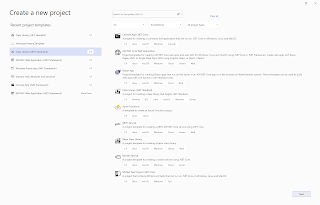




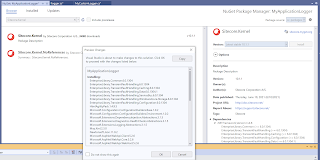

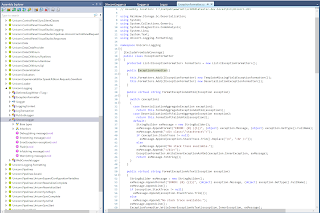
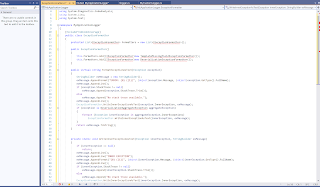

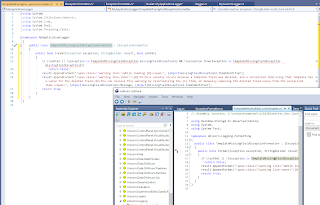












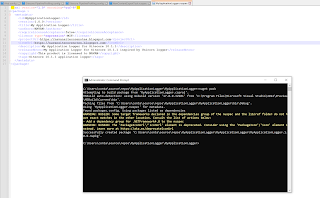







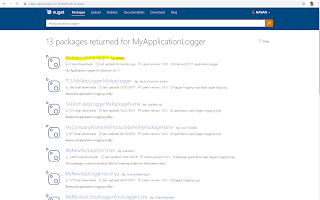
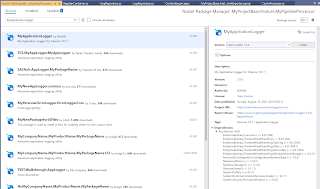





Comments
Post a Comment